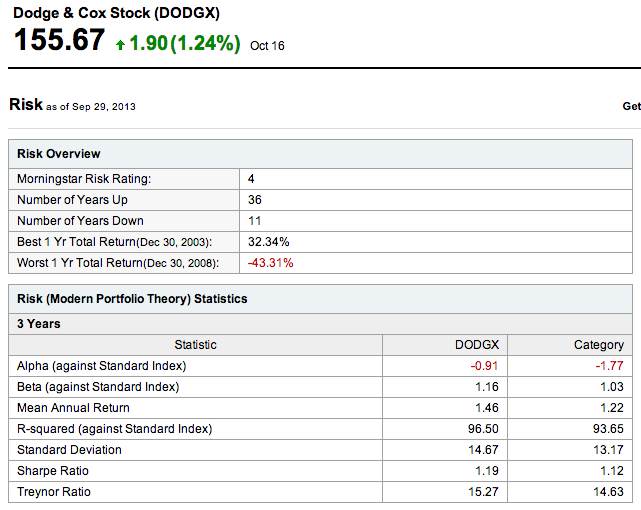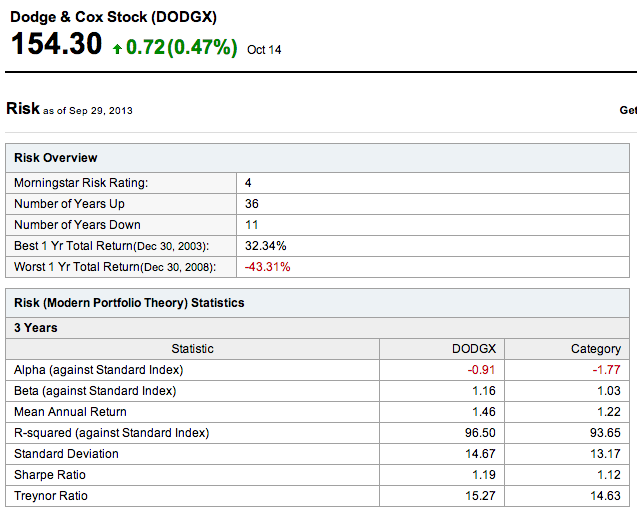Humans are atrocious at assessing risk. That’s why there are mothers who won’t let their kids visit the house of a friend whose parents own a gun, but who have no problem allowing their friends to visit a house that features that child abattoir called a swimming pool, even though Junior is hundreds of times more likely to die at the latter house than the former.
Humans are also, for the most part, rotten at math. That’s why Quicken Loans can offer ONE BILLION DOLLARS (really, half a billion dollars) to someone who can select a perfect NCAA Division I Mens’ Basketball tournament bracket, and people will take it seriously. Here’s the truth:
You’re not going to win it, but on the other hand, nobody else will. That simple sentence alone isn’t enough to convince most people. They know that someone wins Powerball and Mega Millions every few weeks, so why should the Quicken Loans Bracket Challenge be any different?
(Note: Quicken Loans is offering the $500 million, but Warren Buffett is underwriting the promotion. He doesn’t need to underwrite it – your poor alcoholic cousin could do just as good a job, for the negligible risk incurred – but Quicken Loans is paying Buffett for the privilege of the insurance. $10 million. Yes, the one person who’s going to make f.u. money from this is the guy who already has $60 billion.)
The problem is that most people can’t distinguish between one large number and the next. After all, aren’t they all pretty much the same once you get past 1 million?
The odds of picking 64 games perfectly, straight-up, is 9,223,372,036,854,775,808-to-1. We can call that 9.2 quintillion-to-1 and it’s not going to alter our calculations significantly. The odds of winning Mega Millions are 258,890,850 to 1. It’s 36 billion times more likely you’ll win Mega Millions (which you won’t, but at least somebody will) than that you’ll fill out a perfect bracket.
Let’s say there’s a nationwide lottery in the United States. Every citizen gets one entry, and there are 2 drawings. The chance that the same person would win both drawings is about 1% of the chance that someone’s going to take Quicken Loans’ $500 million.
Some of you who are particularly sharp are thinking, “Come on. A 16-seed isn’t going to beat a 1-seed. That narrows the odds significantly.” And you’re right. Throughout history, the 1-seeds have won their opening games 100% of the time. The 2-seeds, 99%. If you take all the favorites in every round, the odds reduce to 7,419,071,319-to-1. Assuming not a single 9-seed beats an 8-seed. Which, you know, never happens.
Here’s Juliet Lapidos, a lady who works as a staff editor at the New York Times. Ms. Lapidos “holds a B.A. in comparative literature from Yale University and an M.Phil. in English literature from the University of Cambridge,” so if you’re looking for someone perfectly innumerate, the closest thing to an anti-Peter Lax, she’d be close to an optimal choice.
ESPN has run a March Madness contest for the last 13 years and no one has ever completed a perfect bracket.
That’s like saying no one has ever been trampled to death by a left-handed female African elephant on the inside lane of the southbound Lake Pontchartrain Causeway while whistling Ennio Morricone’s “Ecstasy of Gold” and spinning 11 plates on sticks, 9 of them clockwise and 2 counterclockwise. Of course it’s never happened in 13 years. It won’t happen in 13 trillion. That someone felt the need to point this out is part of the problem.
We can’t understand why Quicken Loans restricted the contest to the first 15 million entrants. Keep in mind, all the entrants have to submit personal information in their quest for money they’re never going to win. That’s a database of potential borrowers that no company this side of Facebook can put together easily. (Bonus: Facebook somehow gets information from people without offering them a chance at any money. Mark Zuckerberg is even smarter than you thought.)
Even assuming the favorites were going to win every matchup, is $500 million worth your while? Not a ridiculous question. Given the odds on completing a perfect bracket under the condition that every favorite win, then $500 million would be a fair payout on a wager of 13¢. Your information as a would-be customer is worth more than that to Quicken Loans, even assuming that you probably won’t get a mortgage from them. One more time, and we’ll say this until you’re sick of it: look at every transaction from the perspective of the other party. Why would Quicken Loans feel like giving money away for no reason at all? Does Warren Buffett make it a habit of losing money on investments? (Especially when he can determine the probabilities in advance?) This is a way for Quicken Loans to combine market research and data mining into one campaign, and get the media, primarily Yahoo, to do the work of promoting it. It’s also a way for Warren Buffett to profit off someone else’s inability to properly assess risk. Bet the NBA instead, the lines are truer.







